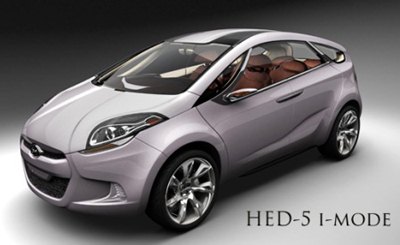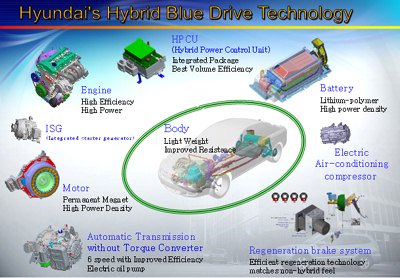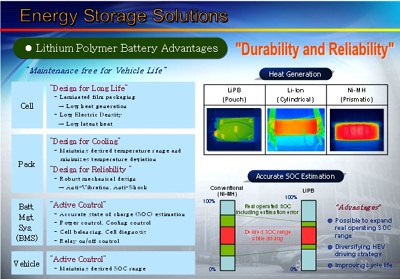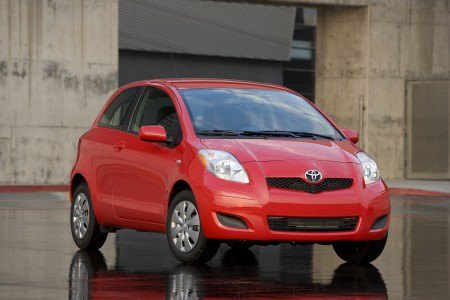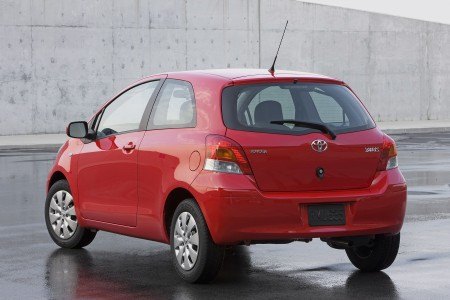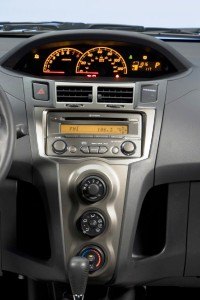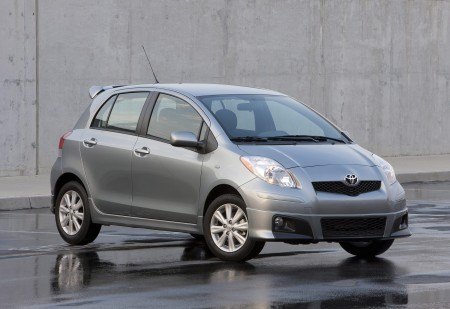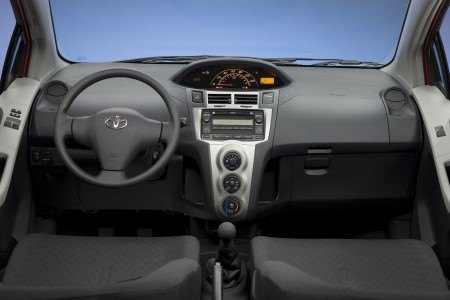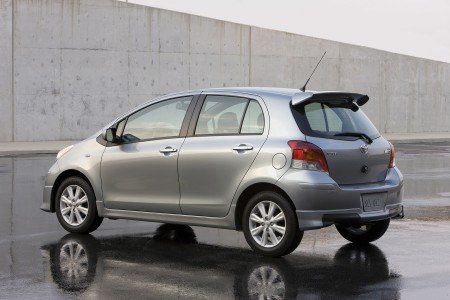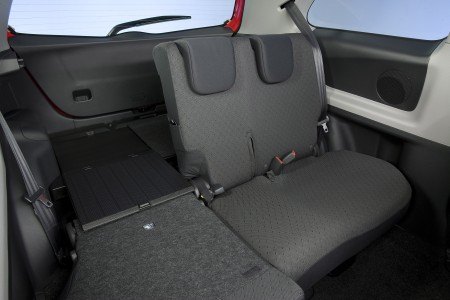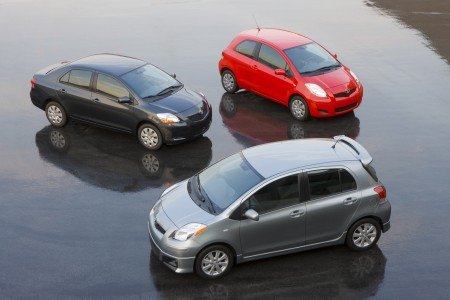| Hyundai HED-5 i-Mode
|
cute and cool city car, concept car
Hyundai approves HED-5 i-Mode for production
Hyundai Blue Drive
|
Everybody's getting in on the act, I guess. Or at least that's what I thought when Hyundai's latest PR piece landed on my (virtual) desk. Seems that the Korean car giant isn't taking environmental concerns sitting down, and is pushing ahead with Blue Drive, an environmental initiative intending to bring to market a family of eco-friendly products and establish Hyundai as an environmental leader. Essentially, Blue Drive is Hyundai's plan to lead all automotive brands in the U.S. in fuel economy by achieving a fleet average of 35 miles per gallon by 2015. That's five years ahead of the NHTSA deadline. They're going to do this by building a gas-electric full hybrid edition of the next-generation Sonata in 2010. The new Sonata will use a parallel hybrid drive system and lithium polymer battery technology, most other hybrids (I'm looking at you Prius) use nickel-metal hydride and planned lithium-ion applications. In short, Hyundai is going to use better batteries and smarter control over the drive train. Bully for them, if it works. The more efficient we can make cars, the better. But can they make the thing look a little more normal. I'm not that big a fan of sedans, but I'd take one over the funky French spaceship direction Hyundai is going with in the shot above. There's the full press release & more photos of how this thing works after the jump.
|
2009 Toyota Yaris Review
|
New for 2009 For 2009, Toyota introduces a third body style to the Yaris lineup - a five-door hatchback. This will give a greater range of choices to those who need a sub-compact car, without giving up too much interior room. Also added in 2009 are standard anti-lock brakes, front seat-mounted side airbags and front and rear curtain side airbags for all Yaris models. Cruise Control is also now available for the liftback models (why it wasn't available before is beyond me.) A few new color choices are also available for 2009. Options and Trims The 2009 Toyota Yaris comes in any of three body styles: a 3-door liftback, 4-door sedan, or 5-door liftback, and two trim levels - base, and S. Base models offer the very basic - A/C, 14″ steel wheels, tilt steering wheel, and 4-way adjustable front seats. Stepping up into the S trim gets you a variety of extras, depending on if you go with the hatchback or sedan model, but both give you 15″ steel wheels, a CD/MP3 player, and a sport body kit. Other options for all trim levels include alloy wheels, cruise control, upgraded interior, keyless entry, foglights, power accessories, and a rear spoiler.
Engines and Drivetrain Every Yaris comes with a 1.5-liter 4-cylinder engine producing 106 horsepower and 103 lb/ft of torque. That's not a lot, but keep in mind the Yaris only weighs in slightly over a ton, and is concerned with one thing: economy. The power gets to the front wheels via a standard 5-speed manual transmission or an optional 4-speed automatic (except for the 5-door Liftback, which only gets an automatic.) Design
Inside, all of the Yaris models scream economy. A very basic and symmetrical layout reminds you that you're in a sub-$15K car, but not necessarily in a bad way. All of the extra space left over from the lack of gadgets leaves tons of little storage compartments at your disposal. The vertical layout of the climate control knobs look as if they've been designed to take up space that would otherwise be unused. The whole instrument panel is in the middle, making you look to the right to check your speed and other info. This was done to cut the costs of converting from right-hand-drive layouts (for countries like Japan,) to left-hand-drive layouts (for most of the rest of the world.) The seats are basically flat sofa cushions attached to each other - very little ergonomics are involved here. Driving When Toyota dropped off the 3-door hatchback version of the Yaris for us to review, I became concerned for my life. In fact, I didn't even drive it until the next day, due mostly to my fear of either being so cramped inside the tiny car that I'd develop a blood clot, or become so bored driving it that I'd fall asleep at the wheel and crash into something larger than the Yaris…like a squirrel. Boy was I wrong.
What we liked Despite its incredibly small size, you'd be surprised how much interior room Toyota was able to preserve. While you may not have boatloads of room for cargo, front passengers will have plenty of room (although tall drivers might be slightly cramped,) and you can fit 2 adults and a small child in the back seats of the 4- and 5-door models with reasonable comfort. One of my main concerns was that the Yaris would be about as fun as watching paint dry. I was wrong. To my surprise, it was actually a fun little car with plenty of personality. It handled nimbly around turns, and responded quickly to your inputs. Both of our test models had the automatic transmission, but I'm sure the 5-speed manual would be better. We also liked that you can fold the rear seats down (60/40) for much more cargo room in the liftback models if needed. Lastly, we loved the exceptional fuel economy that's possible with the Yaris. Rated at 29 mpg city, 35 highway for the automatic transmission (29/36 for the manual,) it's one of the best in its segment. Drive conservatively, and you'll squeeze out closer to 40 mpg. What we didn't like The 1.5-liter engine could use a little bit more pep, but I have a feeling that the automatic transmission had something to do with that. Although I haven't driven it, I think the 5-speed manual would be the better choice for this car if you don't mind driving a stick. We really didn't like the center-mounted instrument panel, which we didn't get used to even after a week of driving. That alone would make me think about buying a competing model.
Pricing and Warranty
Warranty · 3-year/36,000-mile Comprehensive
Before You Buy Drive both the automatic and manual transmission versions of the car before you make a decision. Unless you commute in heavy traffic frequently or are otherwise against manual transmissions for some reason, go with the stick. Main Competitors Honda Fit The Honda Fit and Nissan Versa are the Yaris' most likely competitors. They both offer something unique to the segment, offer different handling characteristics, and can be had at different price points.
|
Labels
World Car News
Automobile News
Car Reviewers
Blog Archive
- Jun 08 (4)
- Jun 06 (2)
- Jun 05 (6)
- Jun 04 (2)
- Jun 02 (2)
- Jun 01 (3)
- May 29 (4)
- May 28 (1)
- May 25 (1)
- May 23 (9)
- May 22 (9)
- May 18 (15)
- May 16 (12)
- May 15 (1)
- May 14 (11)
- Mar 31 (50)
- Feb 18 (2)
- Feb 17 (1)
- Feb 16 (11)
- Jan 22 (1)
- Jan 21 (1)
- Jan 12 (6)
- Jan 11 (1)
- Jan 10 (5)
- Jan 09 (2)
- Jan 08 (2)
- Jan 07 (7)
- Jan 05 (3)
- Jan 04 (3)
- Jan 03 (5)
- Jan 02 (2)
- Jan 01 (2)
- Dec 31 (9)
- Dec 30 (2)
- Dec 29 (3)
- Dec 28 (44)
- Dec 27 (4)
- Dec 26 (2)
- Dec 25 (41)
- Dec 24 (4)






